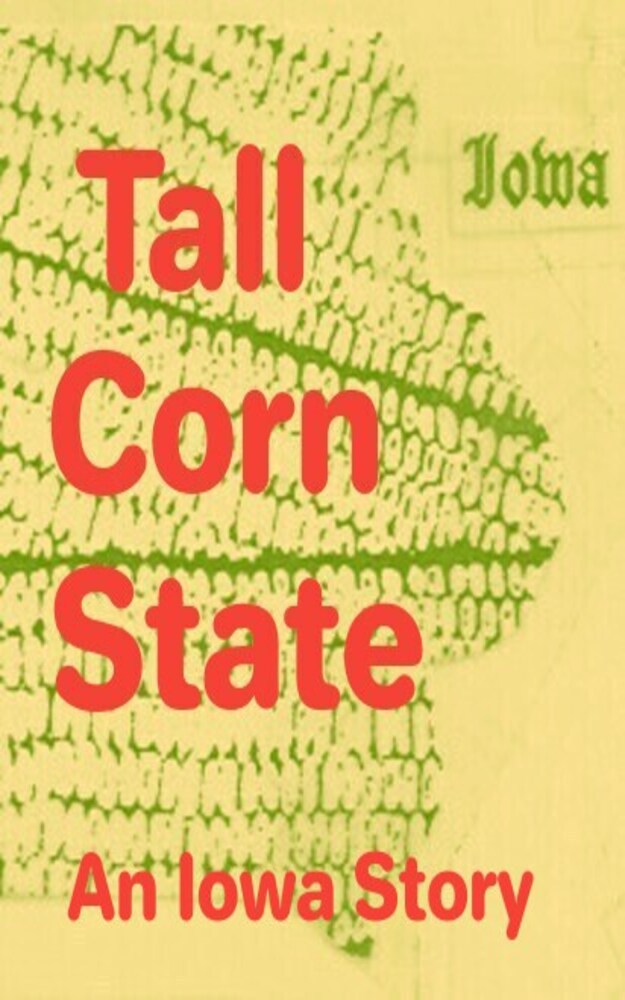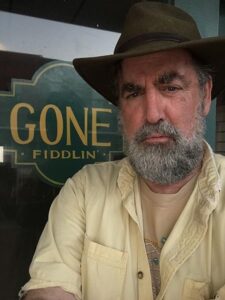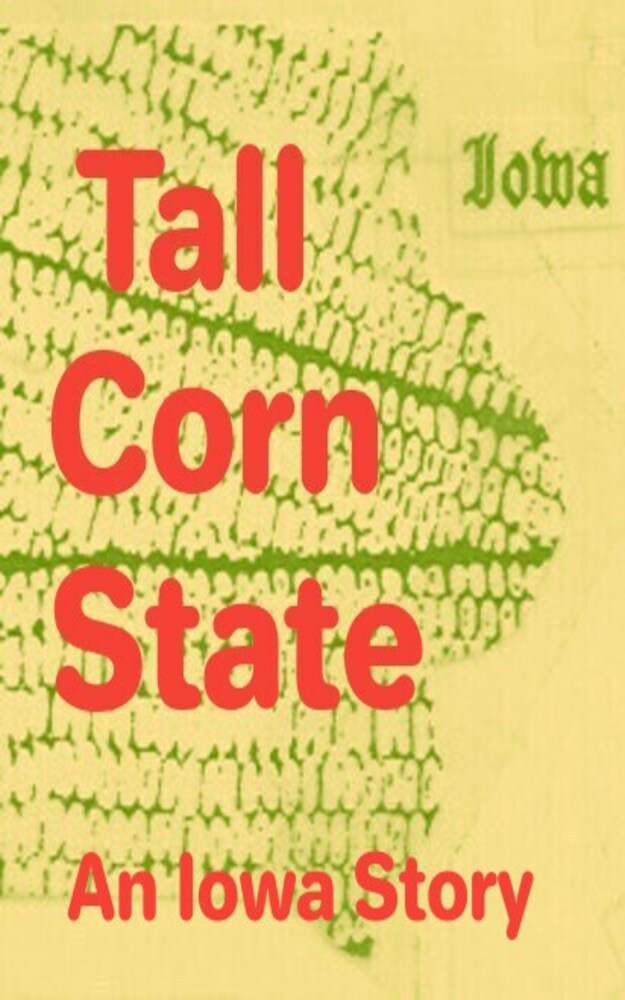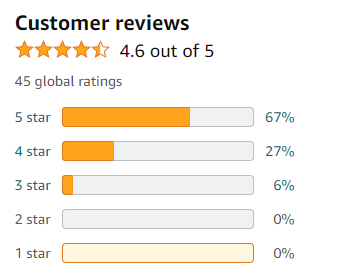I found myself completely captivated by Tall Corn State: An Iowa Story. The author has published books of poetry and his thoughtfulness about words was evident on every page. From the opening lines which quickly establish the mood and world of the story, to the final concluding poem, author Leverett skillfully creates a vibrant, fascinating portrait of a disappeared time and place.
The story of a young man in the mid-seventies who is tiring of the hitch-hiking life and comes to settle in Iowa City is atmospheric and rich. In my writing life, I have met many authors who spent time at the Iowa Writers Workshop. It was fascinating to get a peek at what that must have been like in the 1970s. Poetry is a constant in this book, whether the author’s gift for finding the precise words to illuminate feelings and moments or the actual discussion of the differences between those poets studying at the Workshop or another group of poets, the Actualists.
I was charmed by some of the stories of the Actualist poets, who seem the complete antithesis of the Workshop poets with their intensive academic discussions of writing. The Actualists seem to make the creation of poetry a poem in and of itself. Dramatic and performative, these poets spontaneously created their work in the moment. There is a lovely line, “And here I was, scrawling this poem on a napkin, where it seemed most Actualist poems started out.” It caught the essence of that moment of serendipitous creation. I was captivated by the story of an Actualist poet sitting on the roof of a building with a typewriter, composing a poem until the paper was long enough that it touched the ground below.
There are many curious questions and mysteries to unravel inside the pages of Tall Corn State, such as a child’s paternity, the whereabouts of a Stradivarius violin, the disappearance of a mural, and the secrets behind a young woman’s tragic death. Just spending time in this unique place at this precise time is a joy to the reader. I know very little about Iowa other than the Writers Workshop. It was fascinating to see how the Workshop and the college co-exist with the agricultural community.
At times the book reminded me of Jane Smiley, not only for the echoes of Moo U, but because both Leverett and Smiley have a felicitous eye for finding just the right detail to illuminate a moment. Leverett’s book also reminded me of some of T. Coraghessan Boyle’s novels that deal with the sixties and seventies counterculture. Leverett, like Boyle, skillfully plays with issues of class divides and opens a door to the small, intimate details of life that bring the reader close to characters. Despite these comparisons, the author has his own strong, unique voice, and I look forward to reading more of his novels.
For an inside look at the counterculture, the hitch-hiking life, the Writers Workshop and writing communities of Iowa City in the seventies, and just some good plain reading, try Tall Corn State. I think you’ll love it.












